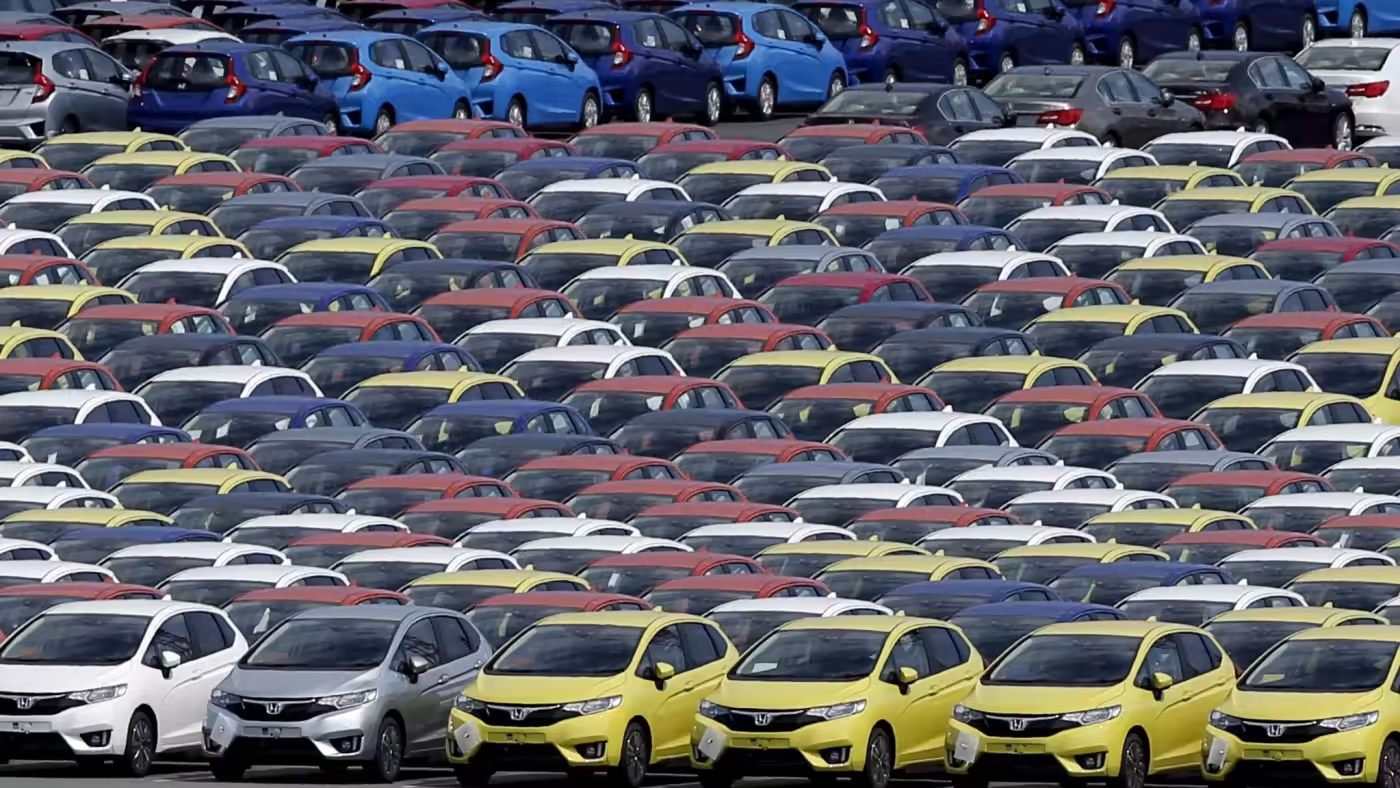On September 9, 2025, a pivotal shift in U.S.–Japan trade relations was confirmed: the United States will reduce tariffs on Japanese automobiles and auto parts to 15 percent, effective within a week, according to a Federal Register notice. This decision, formalized through an executive order signed by President Donald Trump, stems from a landmark agreement reached in July and marks the beginning of a new phase of economic cooperation between the two allies.
A $550 Billion Investment: Japan Backs U.S. Infrastructure and Industry
In exchange for lower tariffs, Japan has committed to a massive $550 billion investment and loan package directed toward U.S. infrastructure and key industrial sectors. These funds, channeled through Japanese state-affiliated institutions, will support American production in semiconductors, pharmaceuticals, energy, and automotive manufacturing. Beyond stimulating growth in high-tech and heavy industries, the investment is intended to revitalize U.S. job markets and reinforce supply chain resilience at a time when both countries are seeking to reduce dependence on China.
Agreement Details: What’s Included — and What’s Not
Under the deal, tariffs on Japanese auto exports to the United States are reduced to 15 percent, eliminating the previous layering of duties that had weighed heavily on manufacturers. Reciprocal tariffs on most Japanese goods are also standardized at 15 percent, while aircraft and parts are exempt from changes. Importantly, the tariff adjustments apply retroactively to August 7, offering relief to exporters who faced higher duties in the interim.
However, not every sector is covered. Steel and aluminum remain excluded, with tariffs of up to 50 percent still in place. This omission reflects ongoing political sensitivities in Washington, where protecting domestic metal industries remains a priority.
The agreement also extends beyond tariffs. Japan has pledged to increase procurement of U.S. agricultural goods—including rice, corn, soybeans, and bioethanol—and to purchase American-made commercial aircraft and defense equipment. These commitments align with Washington’s longstanding demand that Tokyo open its markets more fully to U.S. producers.
Japan Still Holding Out for Guarantees in Pharma and Semiconductors
Despite the scale of the agreement, Tokyo has signaled that it views the deal as unfinished. Japan’s top trade negotiator, Ryosei Akazawa, has emphasized the need for formal executive orders granting most-favored-nation (MFN) status to Japanese pharmaceuticals and semiconductors. Such guarantees would ensure Japanese companies are treated on equal footing with other U.S. trade partners in industries critical to both nations’ economic security. Without these assurances, Akazawa warned, the agreement cannot be considered fully settled.
Strategic Stakes and Reactions: Economic Relief and Political Sensitivities
The announcement immediately reverberated through financial markets. Japanese auto stocks surged and the Nikkei Index climbed following the July framework agreement, reflecting investor confidence in Tokyo’s strengthened export outlook. At the same time, U.S. automakers voiced concern that reduced tariffs would give Japanese imports a sharper competitive edge at home.
In Japan, Prime Minister Shigeru Ishiba hailed the deal as a major diplomatic win and a vital demonstration of effective leadership amid domestic political challenges. Meanwhile, the Trump administration framed the agreement as a strategic boost for American workers, insisting that the majority of profits from Japanese investments will circulate back into the U.S. economy through new projects, expanded industrial capacity, and job creation.
Key Highlights
-
Tariff Reduction: U.S. auto tariffs on Japanese goods cut to 15 percent, effective mid-September.
-
Massive Investment: Japan pledges $550 billion in U.S.-bound investments and loans across multiple industries.
-
MFN Still Missing: Tokyo continues to press Washington for formal guarantees on semiconductors and pharmaceuticals.
-
Strategic Implications: The agreement signals deeper economic alignment, but questions remain over competitiveness, exclusions, and the deal’s final shape.

